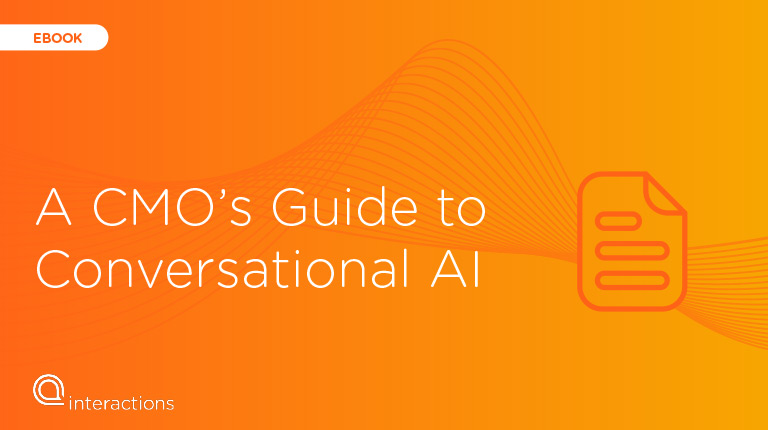CX is the new marketing Strategy
Customer experience (CX) should be at the center of your marketing strategy. That seems like a novel idea, given that most marketing strategies are focused on customer acquisition or retention, releasing shiny new products, building a solid social presence, or focusing on brand consistency and equity. But the truth is, all of these strategies are directly tied to your brand’s approach to customer experience.
The customer in today’s world is more connected and informed than ever before, and this means that the stakes are high when they make decisions regarding brands they choose to do business with. According to Microsoft, 50% of customers say that customer service is a very important factor that affects their choice of a brand and 61% of consumers, say that they have stopped transacting with the business after poor service experience. These connected customers are likely to switch after a single poor experience. And because of the strong connection between customers and brands via social channels, customers are likely to turn to social media with suggestions and criticisms, which eventually will negatively affect brand perception. Without good CX, your marketing efforts can seem like lip service.
Customers have high expectations, that’s no secret. Approaching CX with a marketing mindset seems like a daunting task. However, it’s never been more important. In a highly competitive market, CX is a major differentiator for brands.
The Next Wave of Customer Expectations
Fast and efficient service has always been a top pillar of great customer care. And customers still expect to get service immediately–long queues result in frustrated and upset customers. But speed isn’t enough. Customers now expect to have fast service that is also personalized to their specific requests and tailored to their specific preferences. When contacting a brand, especially one a customer feels loyalty to, it’s essential to kick off the interaction using data and information to make the transaction efficient and individualized, with little repetition and context carried from prior transactions. Customer information is data gold for brands, and the expectation is that it should be leveraged to improve customer experience channels.
Improving CX with Technology
Conversational AI is the technology behind messaging or speech-enabled assistants which offer human-like interactions and create personalized customer experiences at scale.
Why should CMOs care? Well, Conversational AI through the deployment of Intelligent Virtual Assistants (IVA) has the capability to transform your entire CX strategy by addressing customer needs across all channels and allowing customers to communicate naturally without relying on live-agents. IVAs enable seamless and personalized self-service, so customers can handle their transactions whenever it’s convenient for them.
Traditionally, CMOs haven’t been a part of the decision making process when evaluating technologies like IVAs. But that should change– CMOs are responsible for brand perception, and great CX is a large part of that.
The Starting Line
The process of evaluating and deploying a technology as transformational as IVAs seems intimidating, especially if it’s a brand’s first exploration in the world of AI. Here’s some advice on where CMOs can get started for each phase in the evaluation process.
Look inward and understand your customers at a deeper level than ever before
Our own CMO, Jim Freeze, said “The best place to start with improving CX is to understand your target customer. Understanding the persona(s) of your buyers allows you to leverage technology that facilitates the experience that buyer wants. For example, if your target buyer is someone who is interested in quickly getting answers to questions, effective conversational AI offers a great experience.”
Your customers can provide a wealth of information about their preferences, including openly identifying the pain points that they’re experiencing, opportunities for more consistency, and how to create an overall more positive customer experience.
The CMO is the best advocate for buyer personas. We suggest a customer journey mapping exercise to help truly understand the mindset of each key persona.
Start to Evangelize the Importance of CX
CMOs should be communicating the importance of CX with their team and cross-functional leadership. If CX isn’t at the forefront of a brand’s strategy, a CMO can kick off the discussion around the benefits of leveraging technology to improve CX. Some of the benefits include increased customer retention, acquisition, and loyalty. This may take time, as it’s often a cultural shift, but kicking off CX projects within the marketing organization can be a great place to start. Marketing teams can promote and messaging customer testimonials and share impressive proof points, showing both internal and external stakeholders a brand’s customer obsession and results.
Incorporate your brand’s voice
Incorporating your brand’s voice into your customer care strategy is crucial. If your brand is fun and witty, you definitely don’t want your IVA to be boring and robotic-sounding. This will detract from all the effort placed around creating a brand image that resonates with your key customer personas. At this point, a CMO can step in and offer suggestions for customizing the voice and messaging. An IVA’s persona is important, as it’s often the first thing that customers associate with your brand. It’s important to start this alignment early on in the evaluation process to avoid kicking off a deployment with a technology that simply won’t suit the needs of your customers.
Communication is Key
When the time comes to deploy an IVA, make sure that there’s a clear communication strategy for both customers, prospects, and employees. Innovation as transformative as Conversational AI will surely set a brand apart from competition, and it’s important to market this appropriately so your customers (both current and future) have awareness of the investment the brand has made in improving their overall experience.
Communicating internally is equally important because the success of an IVA relies on the acceptance and trust of employees. Clearly articulating the benefits of IVAs to your employees will drive fast collaboration with the technology.
Measure, Analyze, and Iterate
I already mentioned how customer data is gold, and it becomes even more important after the deployment of an IVA. Understanding how customers are interacting with an IVA, when and how they are reaching out, their self-service transactions, and where pain points still exist are all examples of the insight you can glean from IVAs. Driving deep into the data and using that information to further enhance CX should be a priority and can help brands determine the next focus of innovation.
A CMO has an extremely important role when evaluating and implementing a Conversational AI solution. They must represent the brand and advocate for customers. An IVA is designed to be the frontline of customer experience and it’s important for CMOs to ensure that their brand and company as a whole is well represented.





